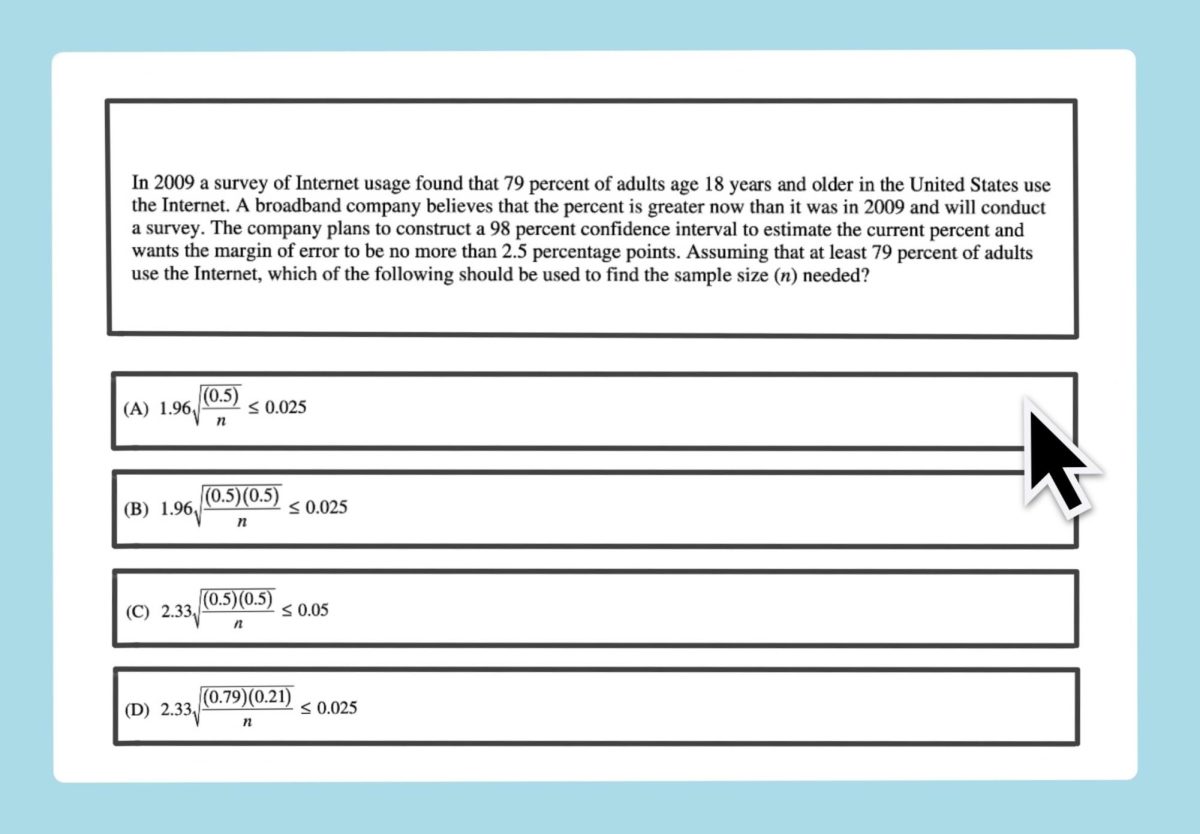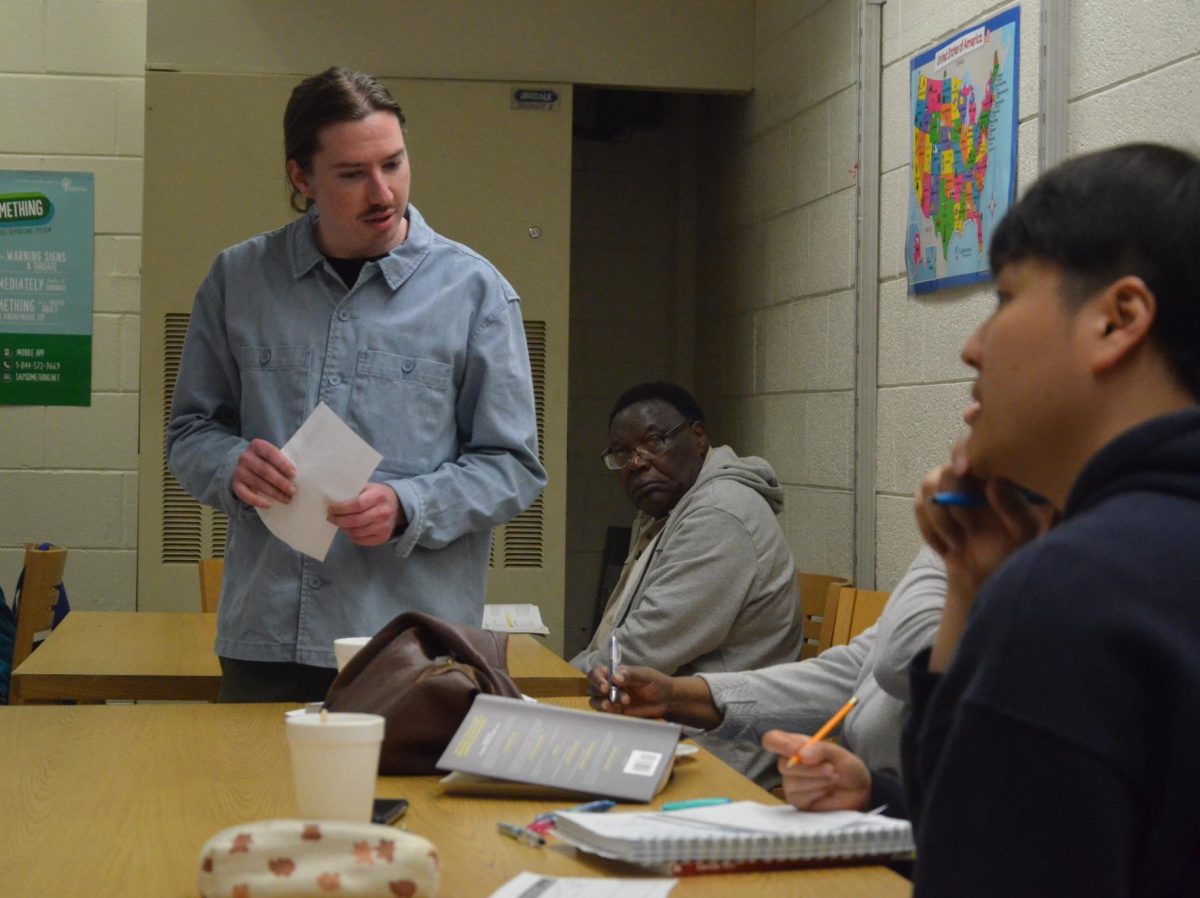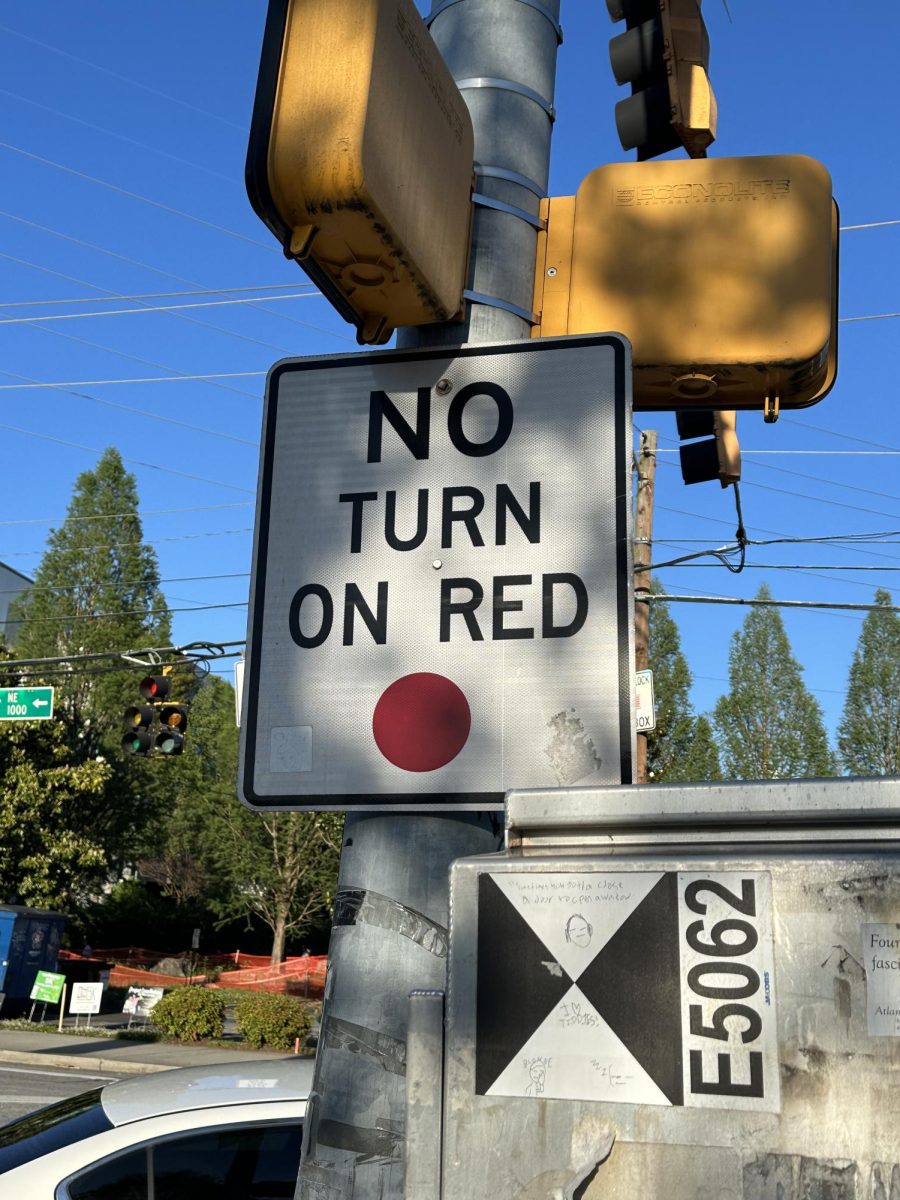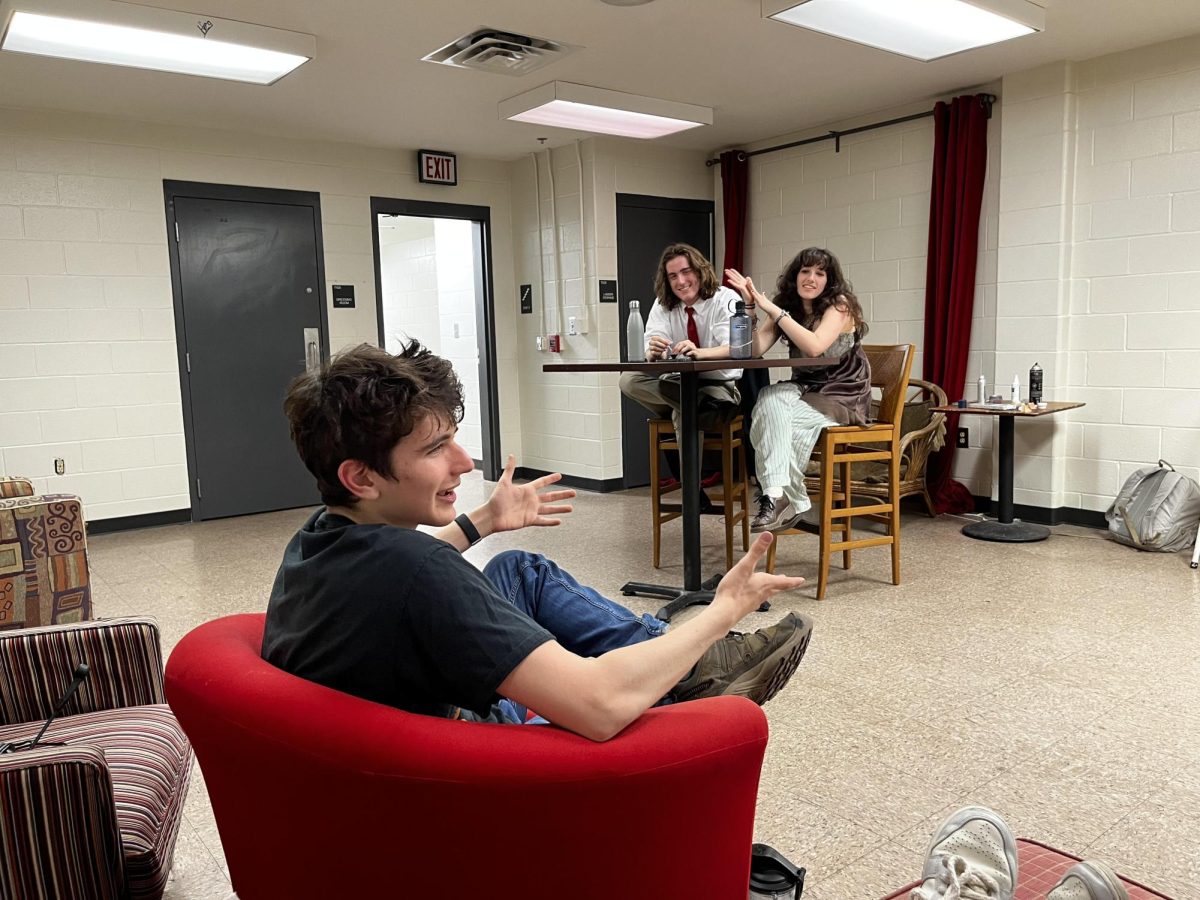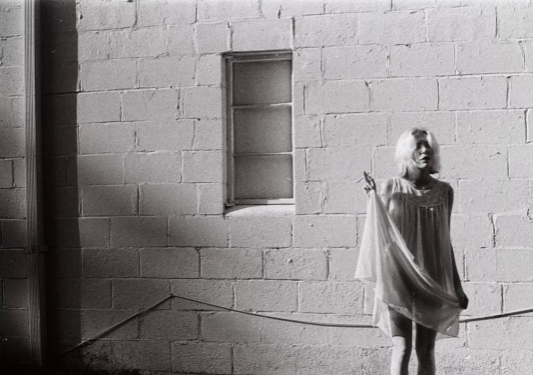Unless you have been living under a rock, in the middle of nowhere, without any Wifi, you have most likely read, or at least heard about, the book The Fault in our Stars by John Green. If you have been living under said rock, then you are also unaware of the massive cultural fascination that surrounds The Fault in our Stars (aka TFIOS, which is pronounced as tiff-ee-ose).
The Fault in Our Stars follows Hazel, a 16 year-old with thyroid cancer that has spread to her lungs, which requires her to carry around a portable oxygen tank with a connecting nasal cannula (a tube that transports air to two nubbins in the nostrils), a contraption that is necessary because her “lungs sucked at being lungs.” She soon meets Augustus Waters, an attractive teenage boy with a tendency to choose his “behaviors based on their metaphorical references.” Their relationship begins to grow as they bond over Hazel’s favorite book, An Imperial Affliction, which in an Inception-y twist is to Hazel what TFIOS is to the reader: an influential and meaningful book about a teenager with cancer, “but it’s not a cancer book.”
Although the novel came out in 2012, its movie adaptation premieres on June 6, so the massive hype behind the book has ramped up once more. To be fair, though, the buzz about the book never really ended; that’s simply the power of TFIOS.
TFIOS is a study in contradictions. It’s a book about a blossoming teen romance, but that is not what defines it. It contains enough figurative elements and thematic resonances to make a literature teacher weep, but it is not a stiff, boring 700-page “classic.” It is a Young Adult book that spent 119 consecutive weeks on the New York Times bestseller list, with 46 of them in the No. 1 spot, but it isn’t a sci-fi or fantasy novel featuring a sexy love-triangle.
Now don’t get me wrong, I love the Harry Potter and Hunger Games series as much as the next person or rabid fangirl. TFIOS, however, is like a new genre in itself. Green, despite being a 36-year-old man with two kids, somehow found a way to perfectly blend authentic teenage inner dialogue with the very real face of cancer. He takes you from laughing so loudly that you get strange looks from the people around you (not that that happened to me … much) to feeling an emotional trauma so deeply that for five chapters straight you cannot stop crying (Males beware: you will cry as well; there is simply no way around it).
What is truly noteworthy is the fact that the movie adaptation of a book about disabled teenagers is being touted as The summer blockbuster and being produced by Fox 2000, a division of 20th Century Fox that specializes in blockbuster phenomenons like X-Men and Avatar. TFIOS is not typical summer blockbuster fare, but anyone who has read the book understands that it is a special story.
Because when you get right down to it, The Fault in our Stars truly communicates a very special story, one that doesn’t come along very often. Hazel and her plight are tremendously relatable, even if you yourself are not a teenager with cancer. The novel doesn’t just explore dilemmas that arise from having a terminal illness; it touches upon universal concepts that everyone deals with, like the fear of oblivion and the insensitivities of the universe. It is so much more than just another “cancer book.”
So take this as my earnest plea for you to read the book, whether you just want to read it before you see the movie, you have been wanting to read it for a while and just haven’t gotten around to it, or your friends have been peer pressuring you into reading it for the last six months and you are starting to fear for your life if you don’t read it. Read the book, and experience the rollercoaster ride of a novel that will never let you hear the word “okay” in same way ever again.


